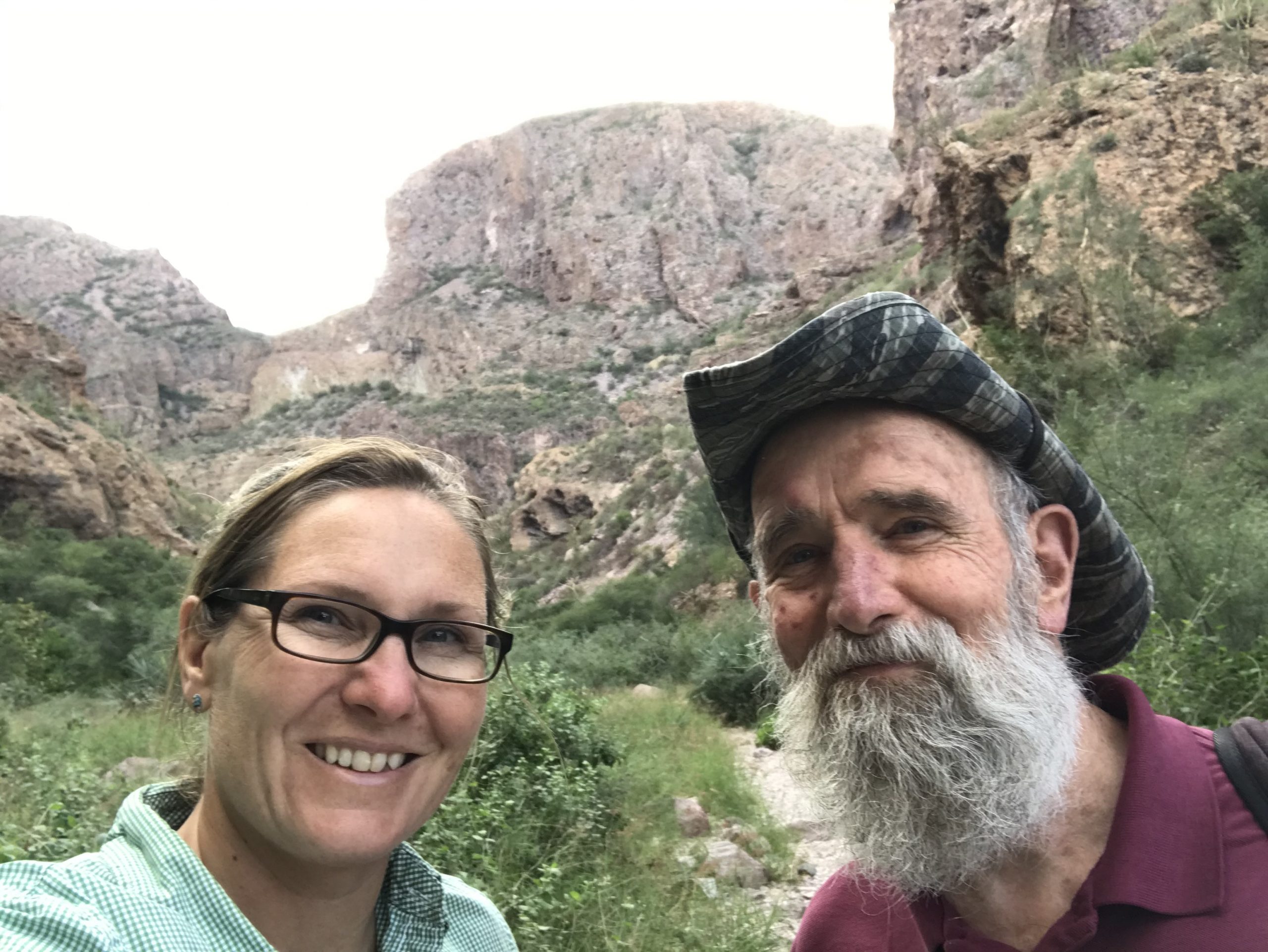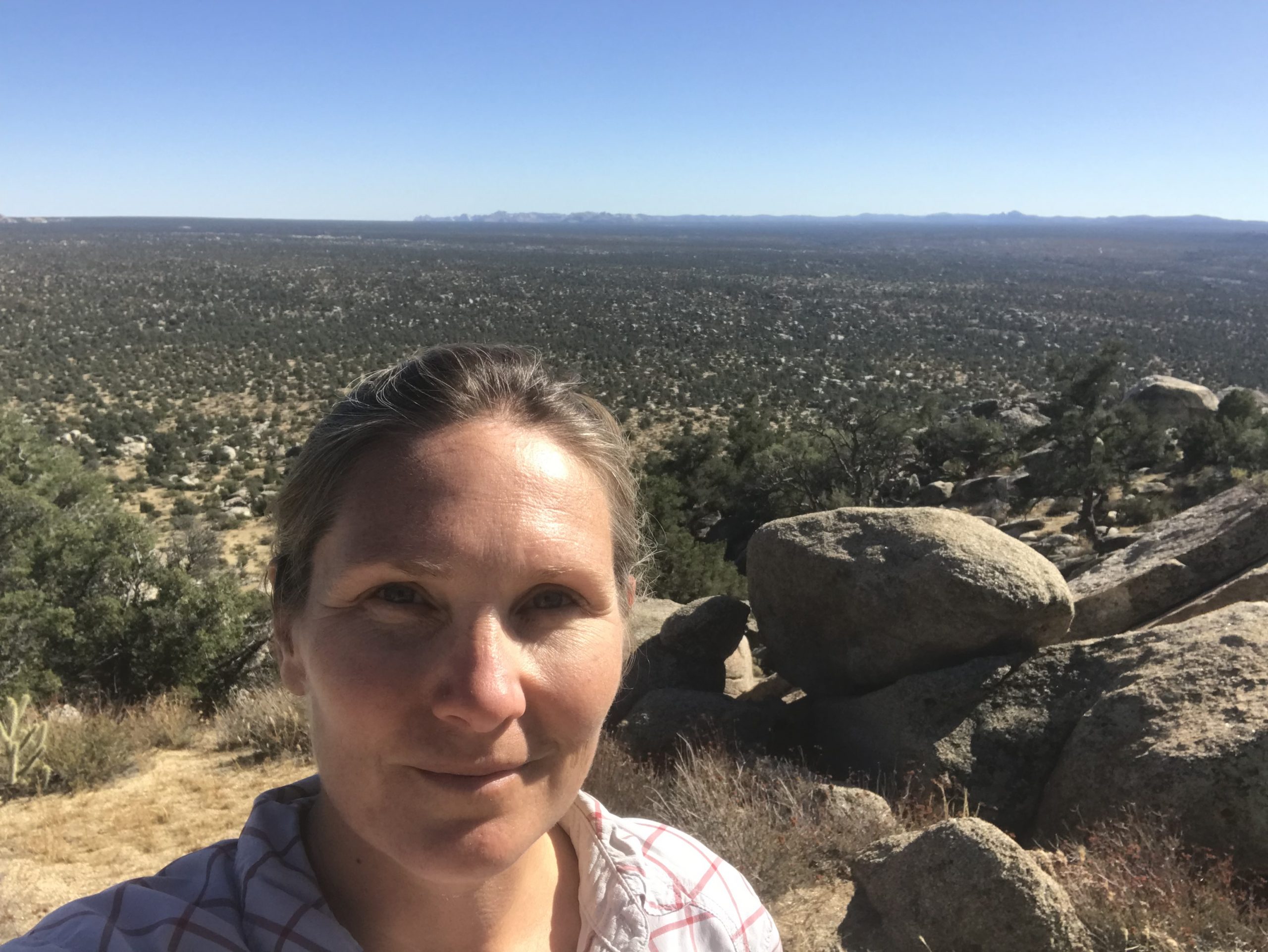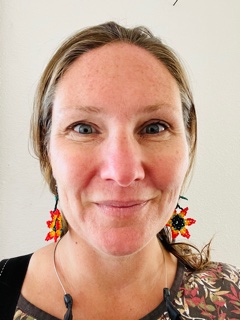
Conservation Champion
Sula Vanderplank
Director of the Terrestrial Ecosystem Conservation Program, Pronatura Noroeste
When did you first fall in love with plants?
I think I fell in love with plants as a child….I grew up on a nursery surrounded by plants every day and they were an important part of a happy life. I have very fond memories of pollinating flowers with a paintbrush. That said, I think I fell in love with plants all over again when I joined Rancho Santa Ana Botanic Garden (now California Botanic Garden) back in 2004, and began a floristic study for the first time. The more you learn,the more there is to love about the incredible diversity of plants and all the ways they cope with adversity and change.
What was your path to becoming a conservation botanist?
Having grown up in horticulture, I was intrigued by botany and science. I started out in the lab, looking at the phylogeny of Passion flowers and then medicinal plant genetics. It wasn’t until I got a job in the herbarium at the University of Mississippi that I started to figure out what I wanted to do. I’d always been passionate about the natural world, but it wasn’t until I saw the kind of biogeographical and macroecological data you could derive from diligent data collection (e.g., from herbarium specimens) that I realized I wanted to be part of that process. I wanted to learn which plants were rare and why, what determined their distributions and what threatened them, and how people could help. Fast forward to finishing my Ph.D. and being able to work as a Biodiversity Explorer, searching for rare plants and working to better document the California Floristic Province in Baja California. Since then I’ve been pretty focused on conservation biology and the bigger picture, looking to link plant conservation to anything and everything, to work across disciplines and synthetically–to remind ourselves that plants are part of pretty much everything, and that in some way they touch all of our lives.
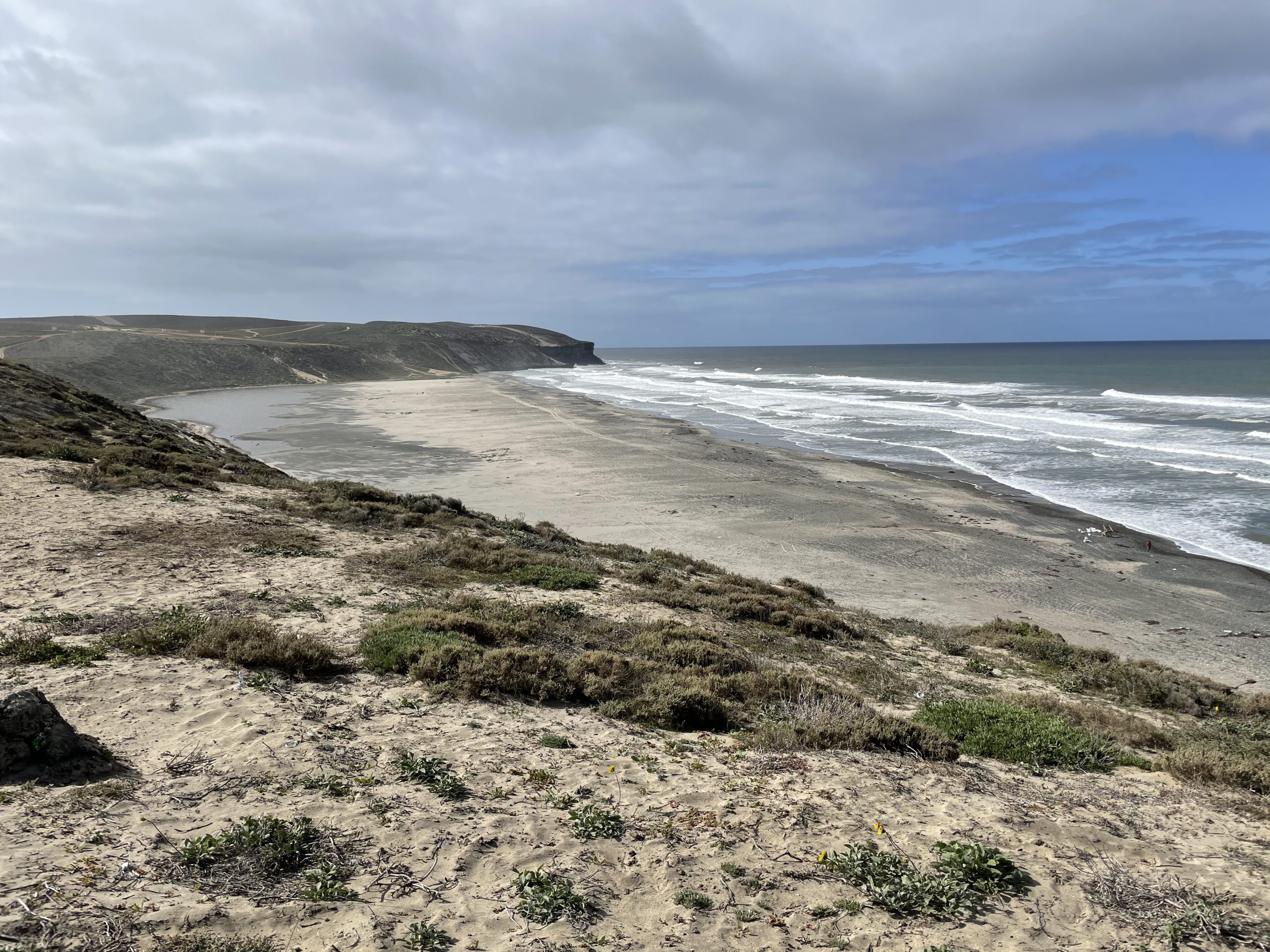
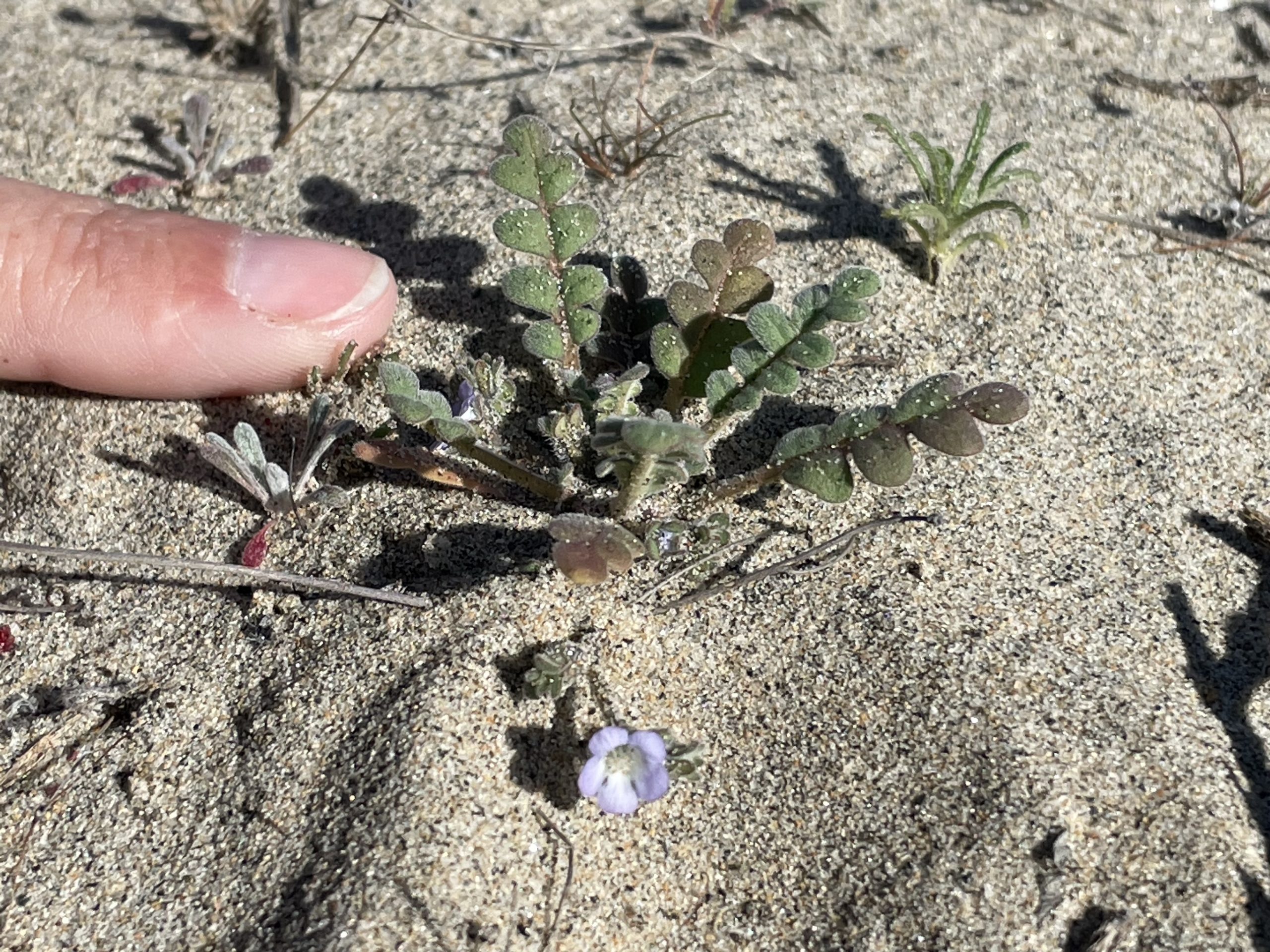
Please share a conservation success story in which you take great pride.
Right now we are working to conserve some of the rarest plants of the Baja California peninsula, including around 60 taxa that are rare on both sides of the U.S./Mexico border. This project gives me pride because it hits on so many of the things that are important to me, even beyond the plants themselves. Our work spans an unnatural border. As an immigrant, recognizing that political lines are not natural lines is important to me. It’s interesting to see how different political regimes affect the conservation status of our rare plants. Sometimes there is a lot more habitat south of the border, and sometimes there’s a lot more data north of the border, but they are the same rare plants in the same microhabitats. This project also builds capacity in Mexico. It abandons colonial approaches of the past, and instead works to collect seed for the National Mexican Seedbank (UNAM-FESI) and build a rare-plant database for the first time, serving the whole peninsula of Baja California. In just 18 months, we have successfully collected data about almost all the plants on our cross-border rare list, and we continue to make strong strides towards better understanding the conservation needs of these species.
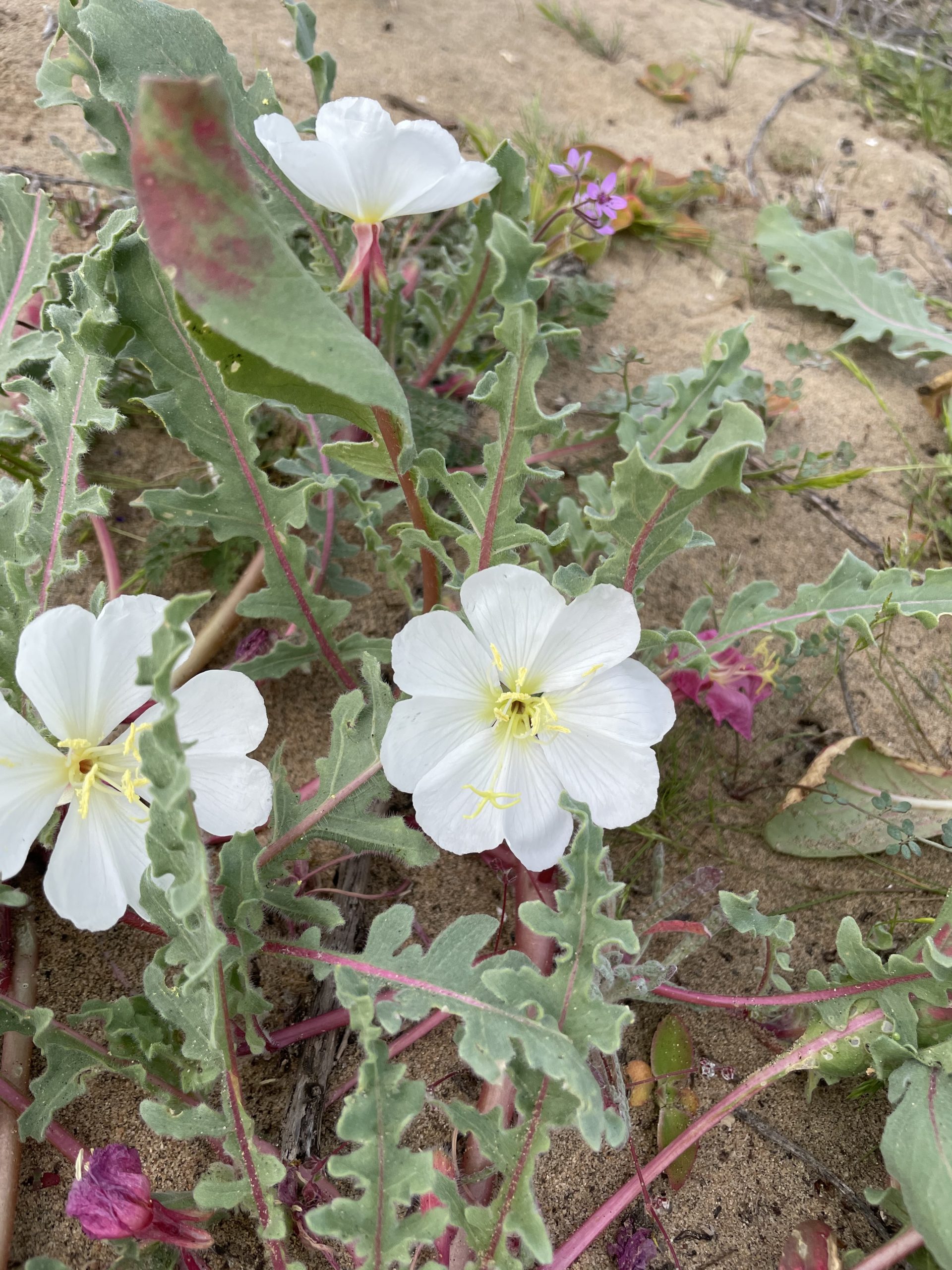
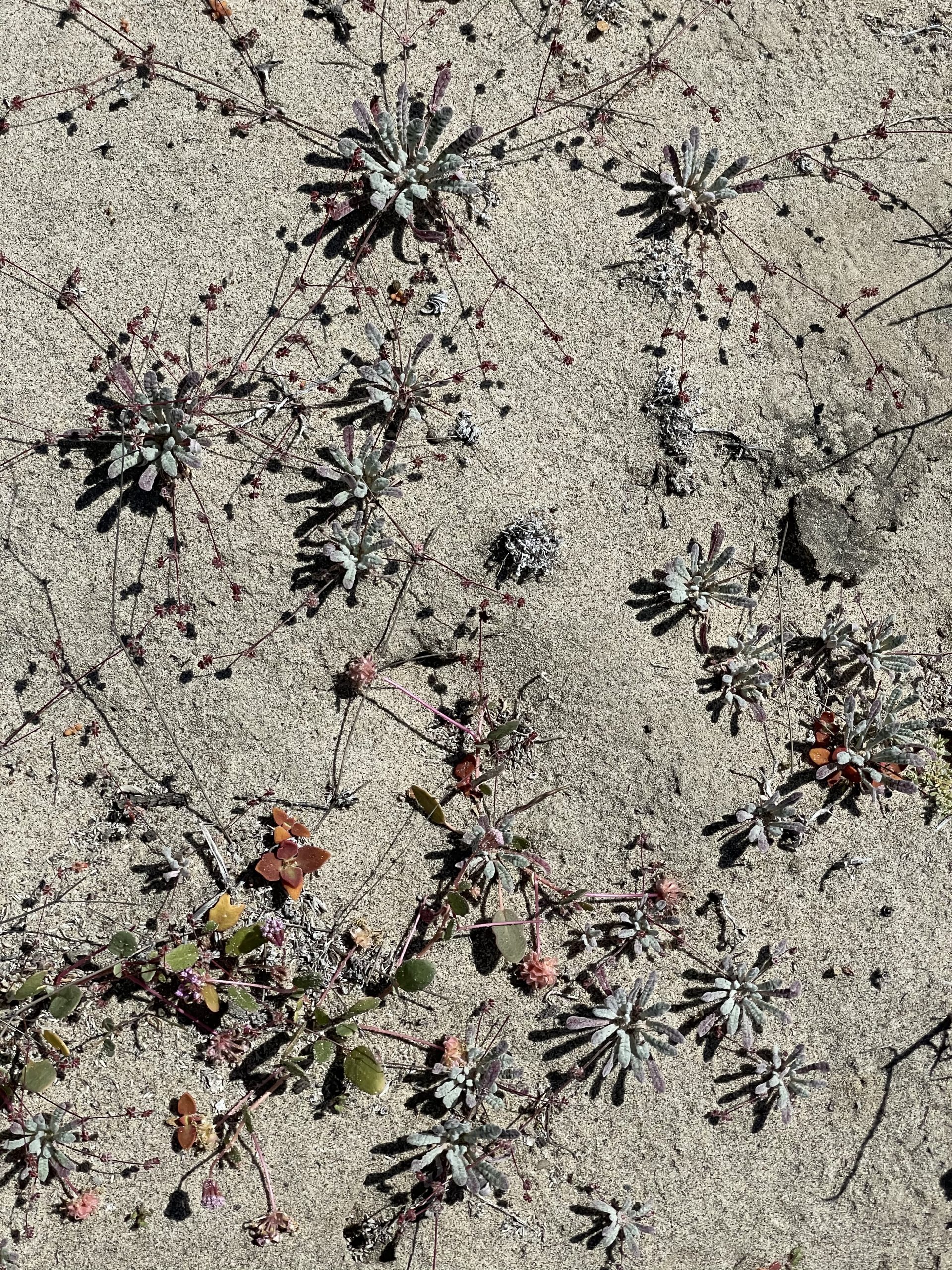
What about working with plants has surprised you?
I think I am endlessly surprised by any number of amazing facts about the natural world. I never cease to be surprised by the plants around me. But perhaps the biggest lesson has been just how much everyone has some connection to plants–whether it’s a crop plant that we love to eat, a beautiful plant used to decorate a home, a sense of place that comes from the smell of a certain plant, or just a favorite plant that we love to find while walking in nature. I also think there are great lessons from plants, inspiration and motivation too. I saw a pine tree growing out of bare rock once and it made me think,“If a tree can do that, I can do this.”
What excites you about the conservation work along the border or in BajaCalifornia?
I think one of the most exciting things about working with rare plants in Baja California is that there is still so much more to be done that you can have a significant positive impact on our knowledge of these species. There is a lot of discovery in my work, and that’s thrilling, but also knowing that you are laying the building blocks for the future of these special plants and places is really rewarding and energizing. There is certainly plenty of work to do, so I welcome anyone from the CPC community to work with us to conserve the rare and endemic flora of Baja California.
